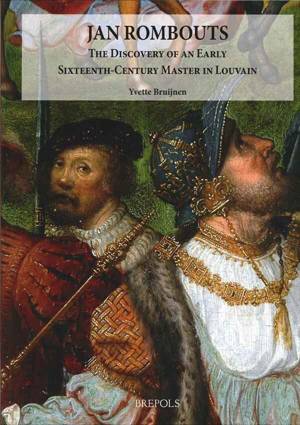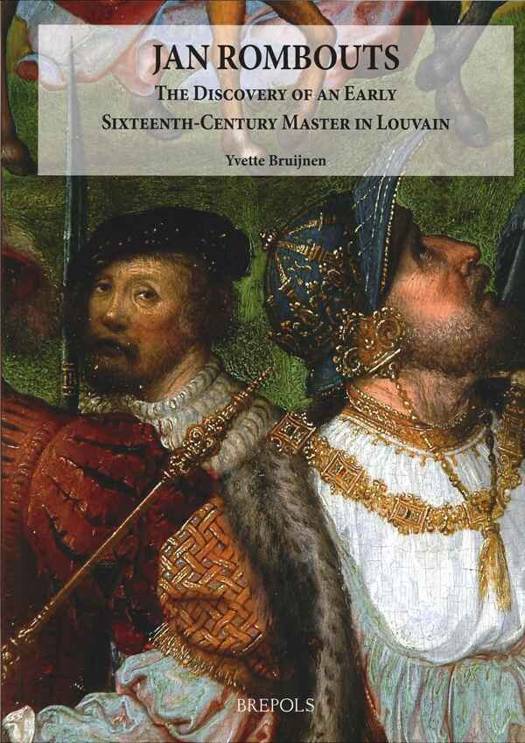
- Afhalen na 1 uur in een winkel met voorraad
- Gratis thuislevering in België vanaf € 30
- Ruim aanbod met 7 miljoen producten
- Afhalen na 1 uur in een winkel met voorraad
- Gratis thuislevering in België vanaf € 30
- Ruim aanbod met 7 miljoen producten
Zoeken
Jan Rombouts
The Discovery of an Early Sixteenth-Century Master in Louvain
Yvette Bruijnen
Hardcover | Engels
€ 116,60
+ 233 punten
Omschrijving
This monograph introduces the sixteenth-century Louvain artist Jan Rombouts (c. 1480 - 1535), whose oeuvre was previously assigned to Jan van Rillaer. Debates concerning Rombouts's identity are explored in detail by means of reinterpretation of published archival documents and the discovery of numerous new documents. The publication of the sources, most with full transcriptions, provides a sound basis for the author's arguments supporting the new identification.The remaining oeuvre of the artist, as it is known today, comprises engravings and paintings. This monograph argues for the expansion of Rombouts's oeuvre with some dozen stained-glass windows, roundels and a drawn design for a church window, while suggestions are put forth for other possible attributions. Attention is given to the historical context for Rombouts's activity as a glass painter, and the attributions of these works, none of which are monogrammed, are made by comparing their style with that of works securely attributed to the artist. This section is backed up by numerous illustrations of the windows, many of which are quite inaccessible. Finally, a discussion of archival sources concerning the Louvain confraternity of St Luke and commissions for works of art to local artists in the period covered by the book, form the rich historical background against which Jan Rombouts executed his oeuvre of engravings, paintings, roundels and stained-glass windows. The size, individuality, diversity and craftsmanship of this oeuvre enable us to finally identify and place him securely within the history of south Netherlandish art of his time.
Specificaties
Betrokkenen
- Auteur(s):
- Uitgeverij:
Inhoud
- Aantal bladzijden:
- 312
- Taal:
- Engels
- Geïllustreerd:
- Ja
Eigenschappen
- Productcode (EAN):
- 9782503525693
- Verschijningsdatum:
- 21/02/2011
- Uitvoering:
- Hardcover
- Formaat:
- Genaaid
- Gewicht:
- 16459 g

Alleen bij Standaard Boekhandel
+ 233 punten op je klantenkaart van Standaard Boekhandel
Beoordelingen
We publiceren alleen reviews die voldoen aan de voorwaarden voor reviews. Bekijk onze voorwaarden voor reviews.











